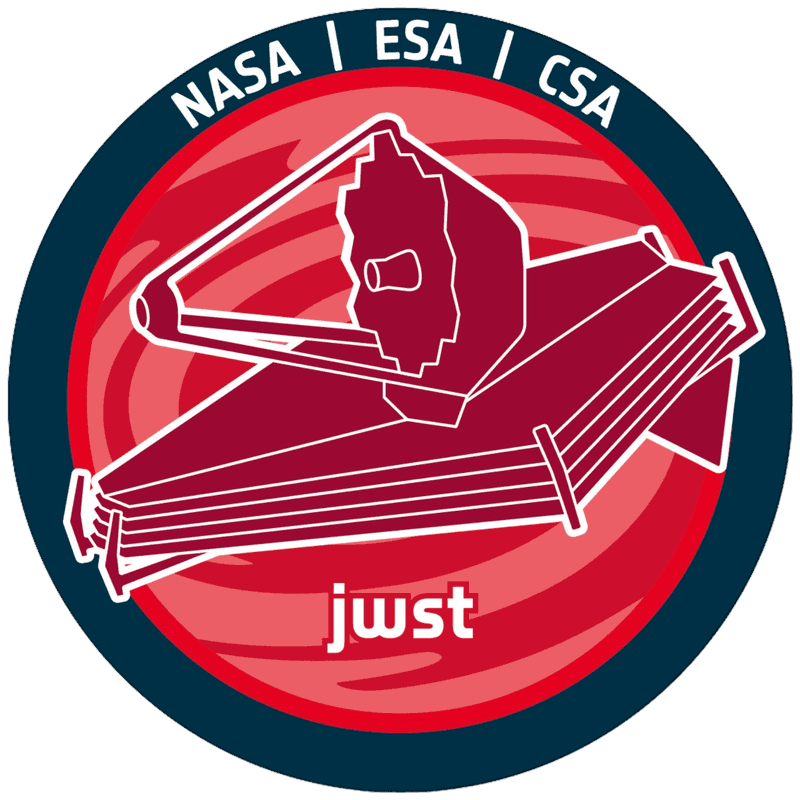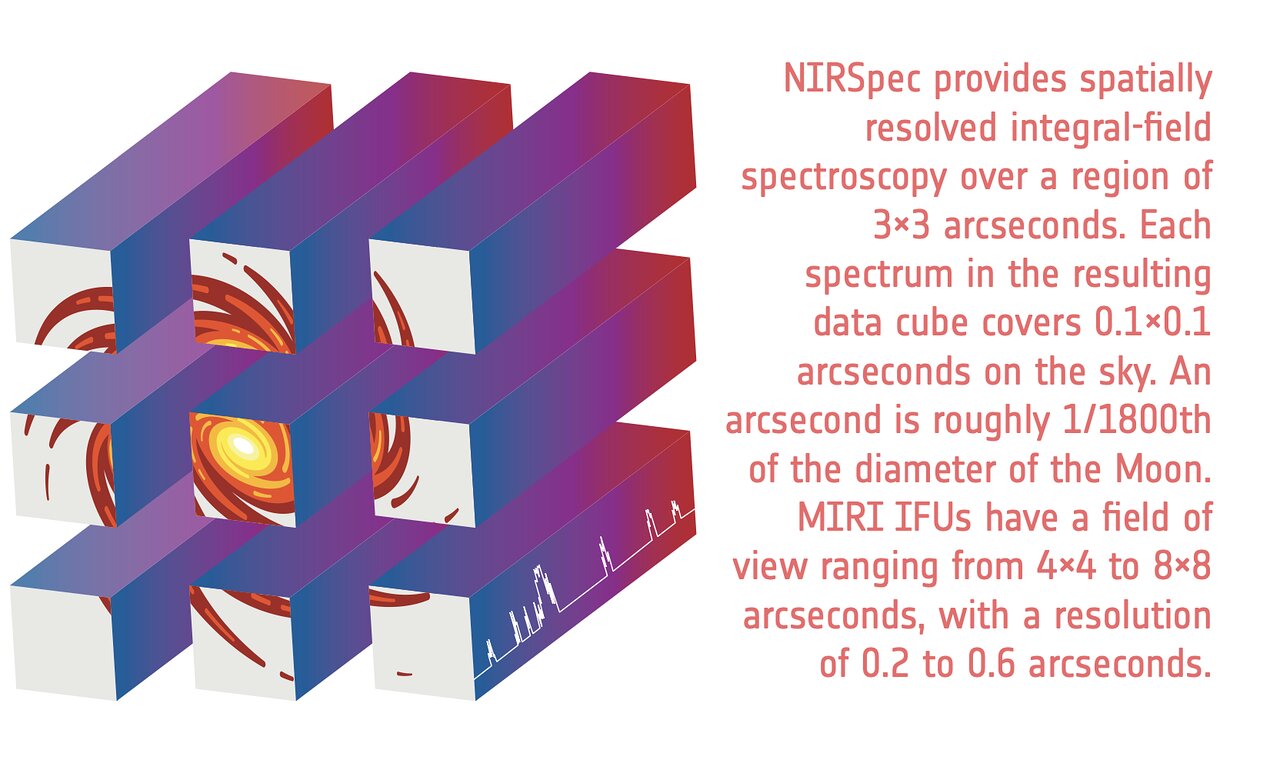NIRSpec — the Near-InfraRed Spectrograph
Webb has a suite of four powerful instruments that will investigate the cosmos. They are located in the Integrated Science Instrument Module, behind the primary mirror.
A spectrograph is used to disperse light from an object into its different wavelengths, forming a spectrum, similar to how a rainbow is formed when light passes through a prism. Any object that absorbs or emits light can be studied with a spectrograph to determine characteristics such as its temperature, density, chemical composition, and velocity. Webb’s images will tell us what something looks like, while the spectrograph data tell us what it is and what it’s made of.
The NIRSpec instrument is the workhorse near-infrared spectrograph on board Webb, and is provided entirely by ESA. The primary goal of NIRSpec is to enable large spectroscopic surveys of astronomical objects such as stars or distant galaxies. This is made possible by its powerful multi-object spectroscopy mode, which makes use of microshutters. This mode is capable of obtaining spectra of up to nearly 200 objects simultaneously, over a 3.6×3.4 arcminute field of view – the first time this capability has been provided from space. This mode makes for very efficient use of Webb’s valuable observing time.
NIRSpec also offers integral-field and fixed-slit spectroscopy viewing modes that will allow detailed studies of individual astronomical objects.
NIRSpec was built for the European Space Agency (ESA) by a consortium of European companies led by Airbus Defence and Space (ADS) with NASA’s Goddard Space Flight Centre providing its detector and micro-shutter subsystems.
View the collection of images and data taken by NIRSpec here.


